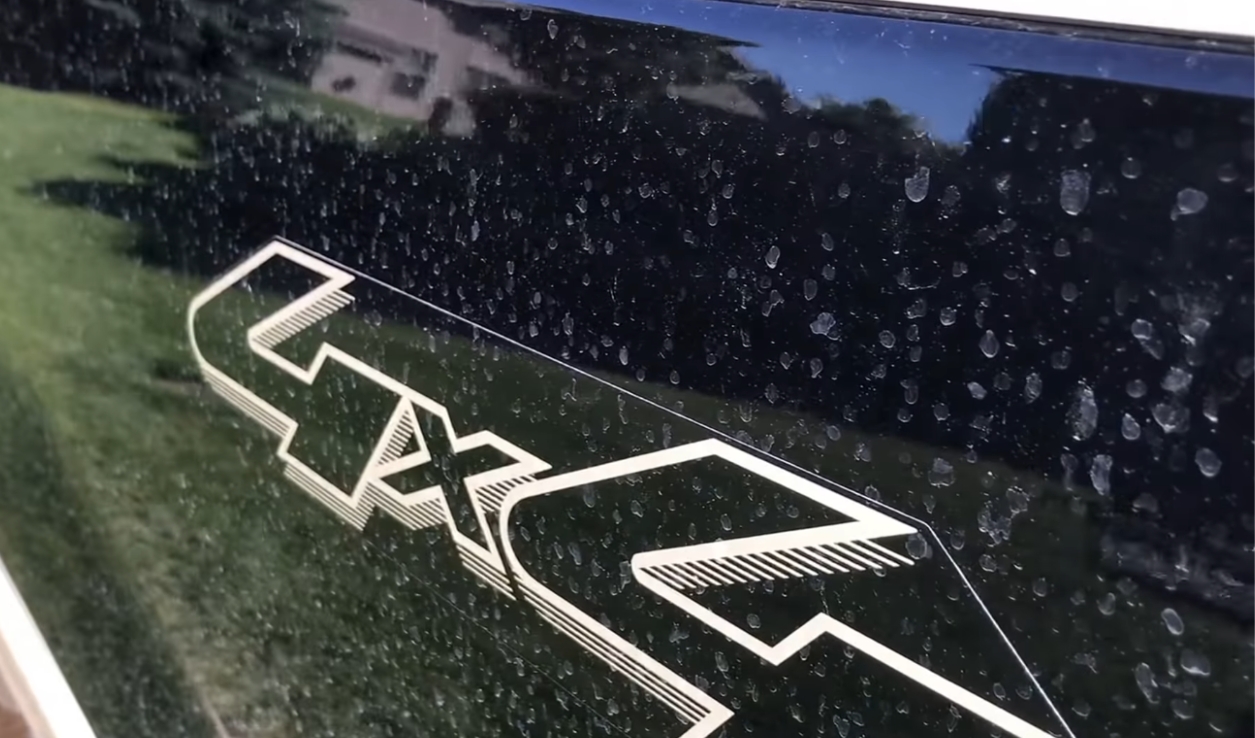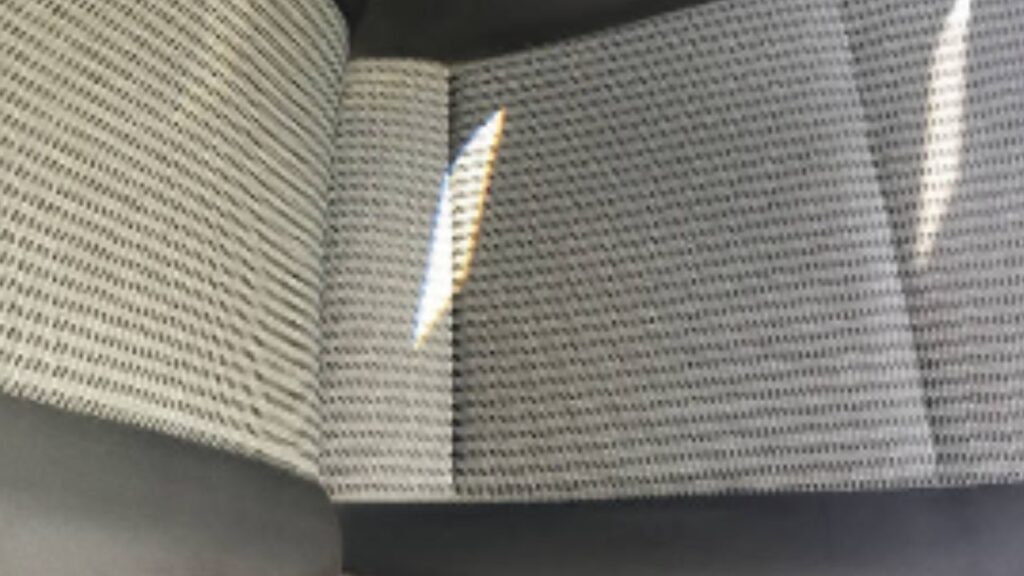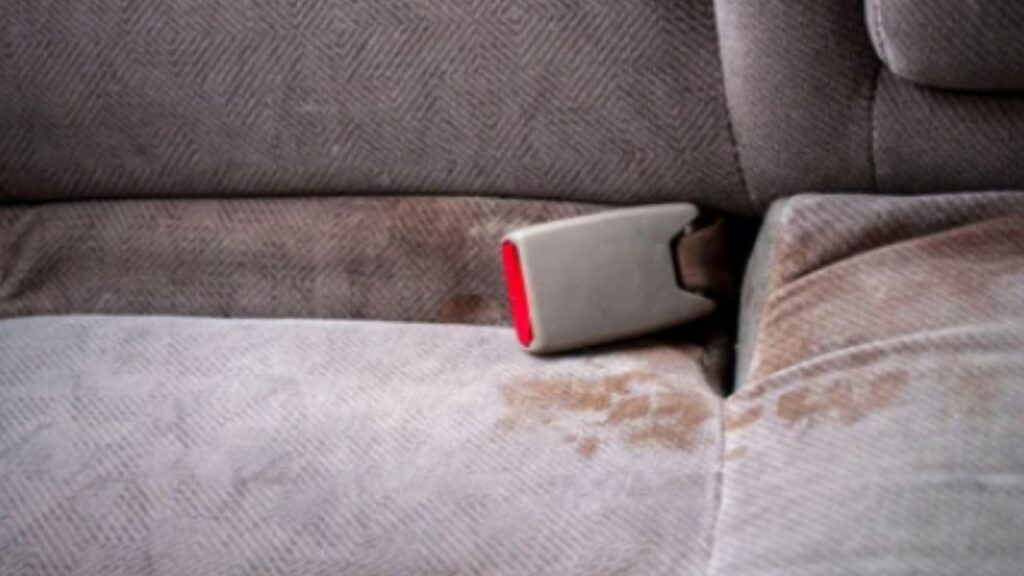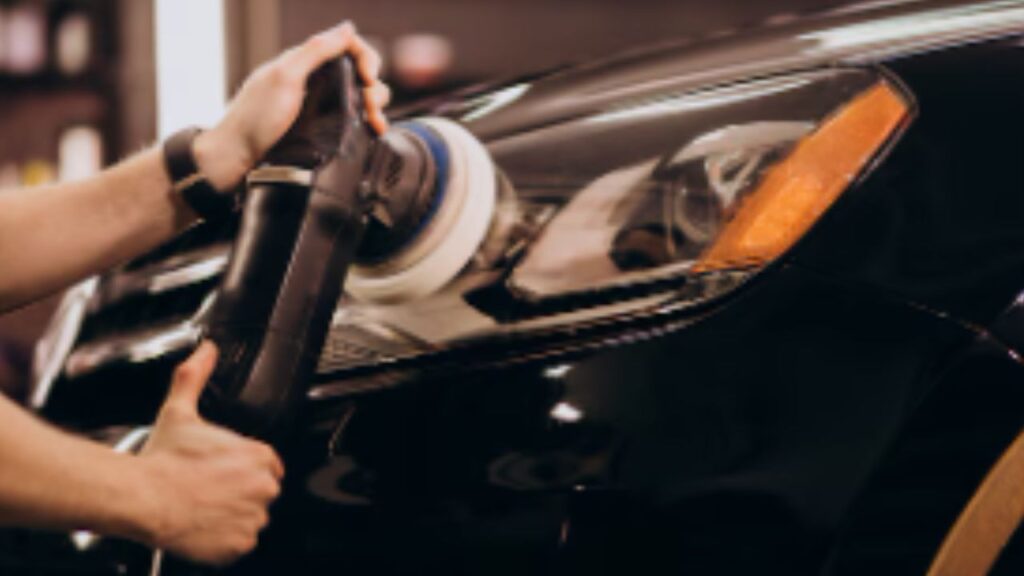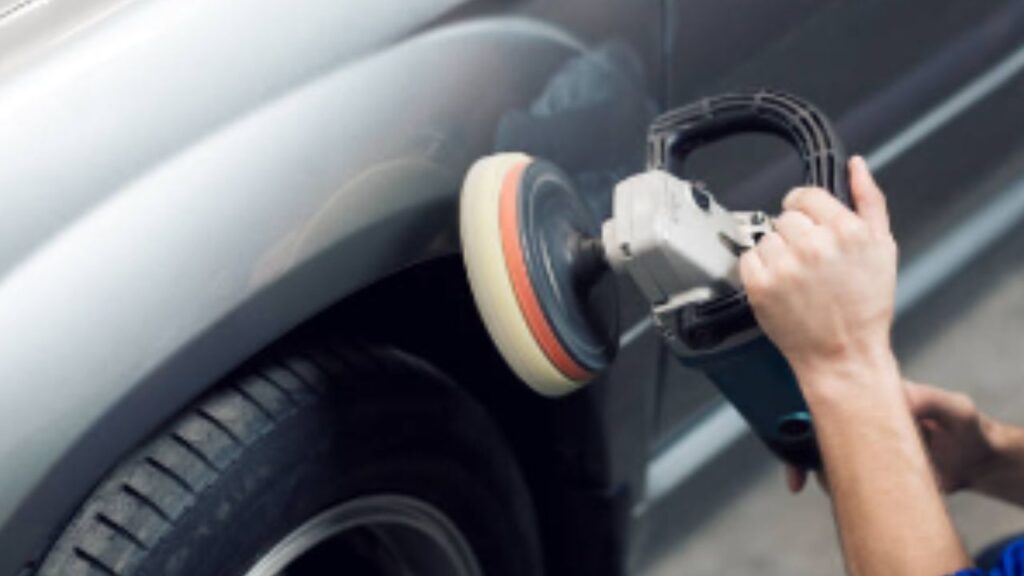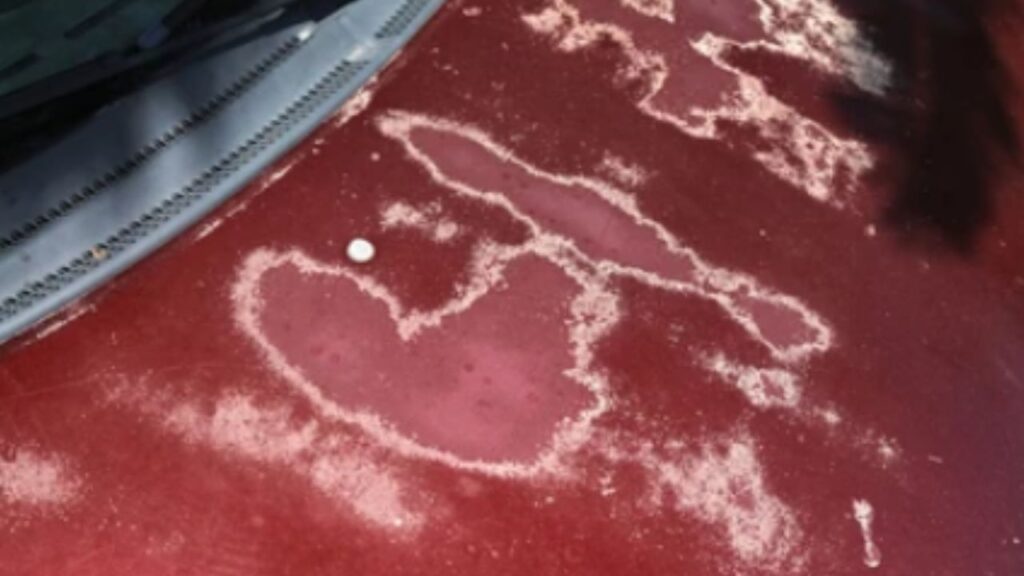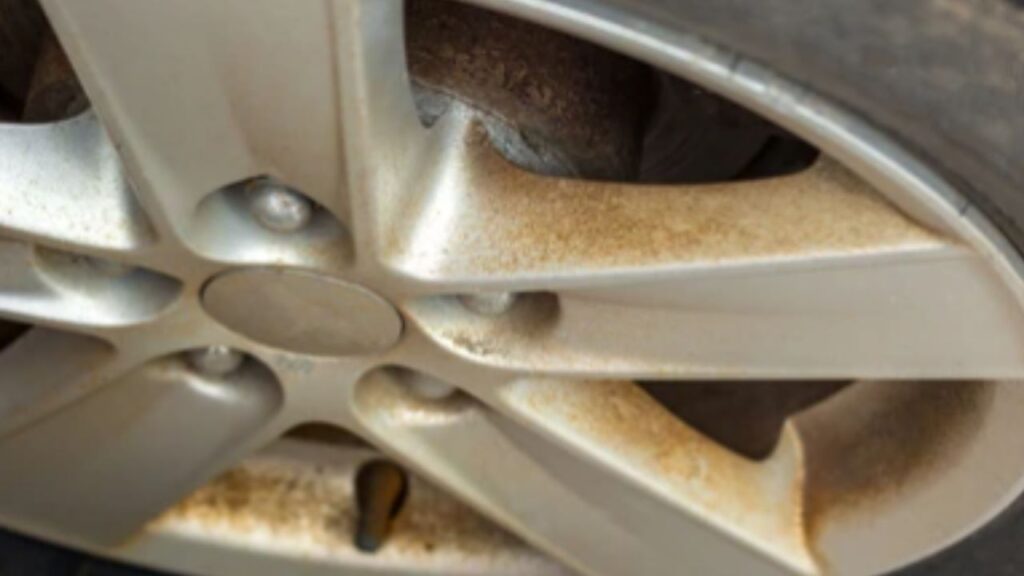I remember the day I first noticed those annoying water spots on my car’s shiny paint. I had just finished washing it and felt proud of how clean it looked. Then, I saw them—small, stubborn marks that seemed to pop up out of nowhere. The water spots were everywhere: on the hood, the windows, and even the side mirrors. I knew I had to learn how to remove water spots from car paint before they caused any lasting harm.
If you’ve been in a similar spot, looking at those frustrating marks and feeling annoyed, you’re not alone. Water spots are a common problem for car owners. They aren’t just a simple cosmetic issue; they can cause real damage to your car’s paint over time if ignored. But don’t worry—I’ve dealt with this problem myself, and I’m here to help. I’ll guide you through everything you need to know to get rid of these water spots, whether you want to try DIY solutions or go for professional help.
Table of Contents
ToggleUnderstanding Water Spots on Car Paint
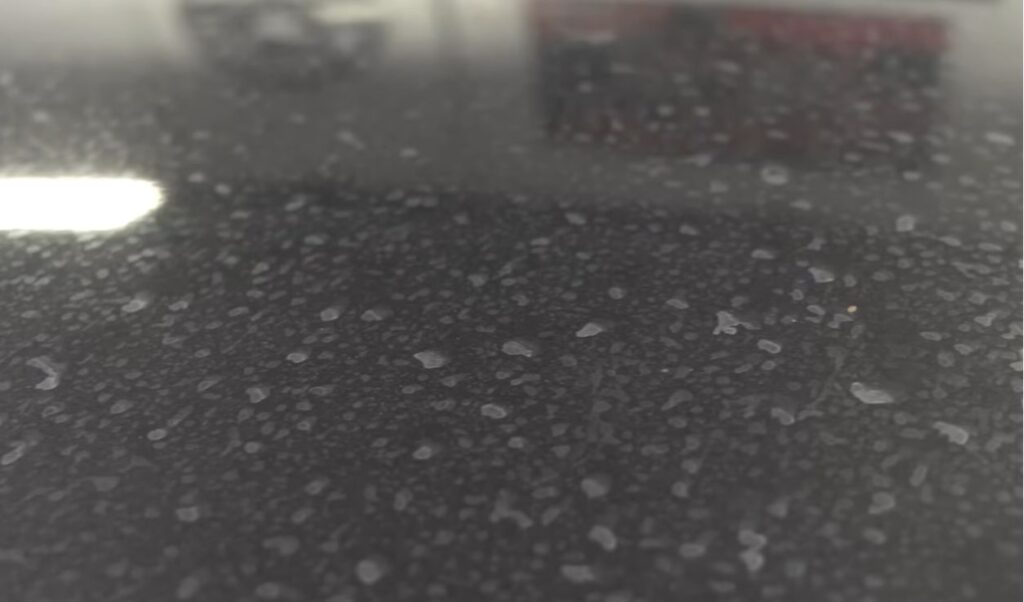
What Are Water Spots and How Do They Affect Car Paint?
Water spots are small marks that show up on your car’s paint when water dries and leaves minerals behind. If you have ever washed your car and let it dry in the sun, you’ve probably seen these spots. They may seem like a minor problem, but they can actually harm your car’s paint if you don’t deal with them quickly.
There are three types of water spots. Type I and Type II are the most common. They are caused by hard water from hoses, sprinklers, or rain. These spots sit on the surface of the clear coat and are easier to remove. Type III water spots are different. They happen when the clear coat is exposed to acidic stuff like bird droppings, tree sap, or acid rain for a long time. These spots go deeper into the paint, making them harder to remove.
The main cause of these spots is minerals like calcium and magnesium in hard water. When the water dries, it leaves these minerals on your car. Over time, they can bond with the clear coat. If you don’t clean them off, they can start to eat away at the clear coat and even the paint beneath it. You definitely want to avoid that!
Causes of Water Spots on Car Paint
There are many reasons why water spots show up on car paint. Knowing these causes can help you avoid them in the future.
Hard Water: One common cause of water spots is hard water from sprinklers, hoses, or car washes. Hard water has a lot of minerals in it. When it dries on your car, it leaves behind white spots.
Rainwater: Rainwater can also cause spots. This happens more when it mixes with dirt in the air. Acid rain is a good example. It has harmful elements that can dig into the paint if not washed off.
Environmental Factors: The sun, dirt in the air, and poor car washing can all lead to water spots. Washing your car in direct sunlight can make the water dry too fast, leaving minerals behind.
Poor Washing Techniques: Using dirty water, not rinsing well, or letting the car air dry can also cause water spots.
Now that we know what causes them, let’s look at how to prepare to remove these spots.
Preparing to Remove Water Spots from Car Paint
Before we talk about how to remove water spots from car paint, we need to prepare properly. Getting ready the right way can make a big difference in getting a clean finish.
Tools and Materials Needed for Water Spot Removal
Here is a quick list of what you’ll need:
- Distilled white vinegar: A must-have for any DIY project.
- Clay bar: Great for removing dirt and grime from the surface.
- Car polish and rubbing compound: For deeper, tougher spots.
- Microfiber towels: Soft on paint and perfect for drying.
- Distilled water: Helps prevent new spots from forming.
- Detailing spray: Lubricates the clay bar and adds shine.
Pre-Cleaning Steps for Effective Water Spot Removal
Before you use any of these methods, it’s important to wash your car well. Use a good car shampoo and rinse with distilled water if you can. Always wash your car in the shade. This stops water from drying too fast and making new spots. Dry the car with microfiber towels to avoid streaks or marks.
Once your car is clean and dry, you are ready to get rid of those water spots.
DIY Methods for Removing Water Spots from Car Paint
Now that your car is ready, let’s explore some DIY ways to remove water spots. These methods use simple items from around the house and some more advanced tools.
Method 1: Using Vinegar Solution to Remove Water Spots
The first time I tried vinegar, I was amazed at how well it worked. Vinegar is slightly acidic. This helps break down the minerals left by hard water.
Here’s how to use it:
- Mix equal parts of distilled white vinegar and distilled water in a spray bottle.
- Spray the solution generously on the affected areas.
- Let it sit for 1-2 minutes to dissolve the mineral deposits.
- Gently wipe off with a clean microfiber towel in a circular motion.
- Rinse the area with distilled water and dry it right away to prevent new spots.
Pro Tip: Vinegar can strip wax, so apply a new layer of wax after using this method to protect your car’s paint.
Method 2: Using a Clay Bar for Water Spot Removal
If vinegar doesn’t work, or if the spots are tougher, a clay bar is a great option. I was doubtful at first, but it turned out to be very effective. It removes water spots and other things like tree sap and road grime.
Follow these steps:
- Make sure the car is clean and dry.
- Spray detailing spray or clay lubricant on the section you want to clean.
- Glide the clay bar gently over the paint. You will feel it picking up dirt.
- Keep going until the surface is smooth. Then, wipe off any residue with a microfiber towel.
Using a clay bar is easy and works well for most water spots on the surface. It also makes the paint feel very smooth.
Method 3: Using Baking Soda Paste for Tough Water Spots
Baking soda is another great household tool. It acts as a mild scrub, helping to remove stubborn spots that vinegar or clay can’t tackle.
Here’s what to do:
- Mix baking soda with a little water to make a thick paste.
- Apply the paste to the water spots with a microfiber cloth.
- Rub gently in a circular motion until the spots start to fade.
- Rinse with distilled water and dry immediately.
This method is especially good for spots caused by bird droppings or tree sap, which can be more acidic and harmful.
Method 4: Commercial Water Spot Removers for Car Paint
If these DIY methods don’t work, you might need a stronger solution. Commercial water spot removers, like those from Meguiar’s or Chemical Guys, are designed to target mineral deposits without harming the paint.
Steps to use:
- Apply the product to a clean, soft applicator pad.
- Rub it into the paint in a circular motion, focusing on the water spots.
- Let it sit for the recommended time, usually a few minutes.
- Wipe off with a microfiber towel and rinse with clean water.
Commercial removers can be more expensive, but they are often worth it for tough, etched spots.
Advanced Methods for Removing Severe Water Spots from Car Paint
Sometimes, tough water spots don’t come off with simple methods. When this happens, you need to use more advanced techniques.
Method 1: Polishing the Car’s Paint to Remove Water Spots
Polishing removes a thin layer of the clear coat to get rid of etched spots. It uses an abrasive product to smooth out the paint.
Here’s how to do it:
- Put a small amount of car polish on a dual-action polisher.
- Rub the polish into the pad with your fingers.
- Move the polisher back and forth over the paint, focusing on the spots.
- Wipe away any leftover polish with a microfiber towel.
Polishing takes off a small bit of the clear coat, so don’t do it too often. It works best for deep water spots that have sunk into the paint.
Method 2: Using Rubbing Compound for Deep Etching on Car Paint
If polishing doesn’t work, try using a rubbing compound. This compound is stronger and cuts through deeper marks.
Here’s how to use it:
- Apply the rubbing compound to a soft foam pad or a machine polisher.
- Buff the area with a microfiber towel to remove the compound.
- Follow up with car polish to bring back the shine.
Be careful with rubbing compounds. They are harsher than polish and can remove more of the clear coat if used too much.
Specialized Removal Techniques for Different Surfaces
Water spots can affect more than just the paint on your car. They can also show up on windows, mirrors, and chrome. Here’s how to deal with them:
- Car Windows and Mirrors: Use a water spot remover made for car glass or a vinegar mix to clean the glass. Then, use a glass cleaner to get a streak-free finish.
- Chrome and Rubber Parts: For chrome, use a special chrome cleaner or polish to remove spots and bring back the shine. For rubber, use a mild cleaner with a soft brush to clean it well.
These tips will help keep all parts of your car looking clean and spot-free.
Preventing Future Water Spots on Car Paint
The best way to deal with water spots is to stop them from forming. Here’s what I’ve learned:
Best Practices for Washing and Drying Your Car to Prevent Water Spots
- Use Distilled Water: Use distilled water to wash and rinse your car. This stops mineral deposits from forming.
- Dry Immediately: Dry your car with a microfiber towel right after washing. Do not let it air dry or dry in direct sunlight.
- Wash in the Shade: Always wash your car in a shaded area. This prevents water from drying too fast and leaving spots.
Using Protective Coatings and Waxes to Prevent Water Spots
Using a ceramic coating, paint sealant, or good wax can protect the paint from water spots.
- Apply Ceramic Coating: Ceramic coatings last for years and give a strong protective layer.
- Use Paint Sealants: These are easier to apply than ceramic coatings and protect the car for several months.
- Wax Regularly: Waxing your car every few months helps prevent water spots and keeps the paint shiny.
Application of Water-Repellent Products to Car Paint
Water-repellent sprays and coatings can also help stop water spots on paint and windows. Products like Rain-X work well on glass, helping water bead off.
- Apply to Clean Surfaces: Always apply these products to a clean, dry surface for best results.
- Reapply Regularly: These products wear off over time, so you need to reapply them.
When to Opt for Professional Detailing Services to Remove Water Spots
Sometimes, DIY methods are not enough. This is especially true if the water spots are deep, or if you are not comfortable using strong cleaners. Here are some cases where you should think about hiring a professional:
- Deep Etching: If the water spots are deep, and DIY methods do not work.
- Large Area: If the spots cover a large area, or if you don’t have the right tools.
- Better Finish: Experts use special tools and methods to fix your car’s paint without causing more harm.
Professional help can be pricey, but it is often worth it. You get great results and skilled service.
Common Myths and Mistakes in Removing Water Spots from Car Paint
There are many myths about removing water spots from car paint. Believing them can make things worse.
- Myth: Water Spots Will Disappear on Their Own: They won’t go away by themselves. Ignoring water spots can lead to etching and permanent damage.
- Mistake: Using Household Cleaners: Products like Windex or dish soap may seem like quick fixes, but they can strip wax or damage the paint.
- Mistake: Scrubbing Too Hard: Using rough materials or scrubbing too hard can scratch the clear coat. Always use a soft microfiber cloth.
Learning from these mistakes can save you time and money.
Conclusion
Water spots can be a hassle, but knowing how to remove them from car paint can save you a lot of trouble. It will also keep your car looking good. There are many ways to do this, from simple methods like using vinegar and clay bars to more advanced ones like polishing and rubbing compounds.
Remember, prevention is key. Wash your car the right way, use protective coatings, and act fast to avoid water spots. The next time you see them starting to form, you’ll know what to do. Keep your car clean and shiny!
FAQs About Removing Water Spots from Car Paint
What causes water spots on car paint?
Water spots happen when minerals from hard water, acid rain, or pollutants are left behind. When water dries, it leaves these minerals, which form spots.
Can vinegar damage car paint while removing water spots?
Vinegar is safe for paint but can remove wax. Always reapply wax after using vinegar to keep your car’s paint protected.
What is the best way to remove etched water spots from car paint?
Polishing with a dual-action polisher works best for etched spots. For deeper marks, use a rubbing compound first, then polish.
How can I prevent water spots on my car paint in the future?
Regular washing with distilled water, drying right away, and applying protective coatings or waxes can help prevent water spots.
Is a clay bar safe for car paint?
Yes, a clay bar is great for removing surface dirt, including water spots, without harming the paint.
What products are best for water spot removal from car windows and mirrors?
Use special water spot removers for car glass or a vinegar-water mix. Follow up with a glass cleaner for a clear finish.
Should I seek professional help for water spots?
If DIY methods don’t work, or the spots are deep, it is best to get professional detailing for safe and thorough removal.

